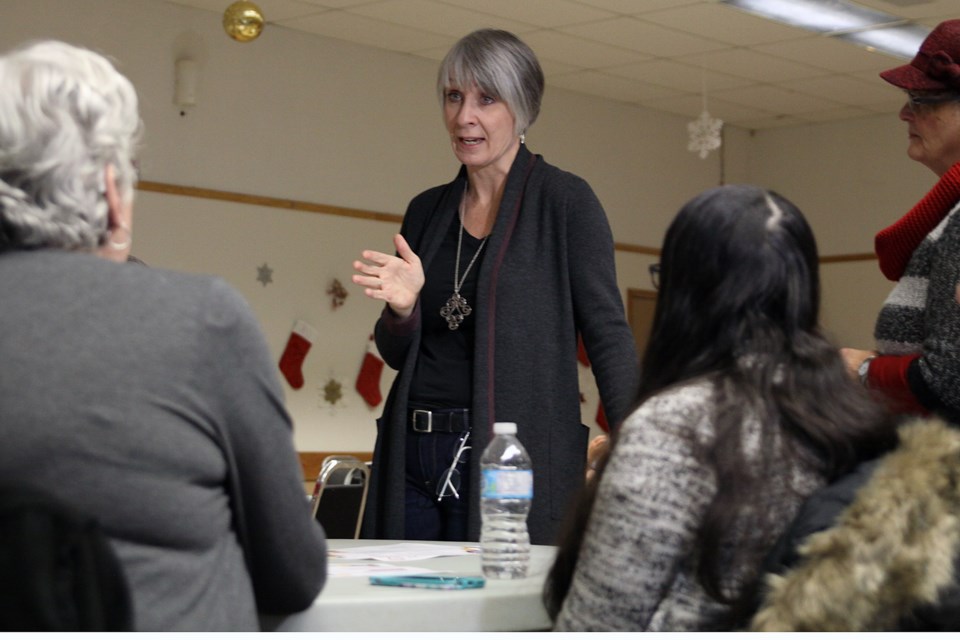THUNDER BAY – The lead administrator of the district social services board is “more than cautiously optimistic” the federal government’s new National Housing Strategy will lead to money for new units in Thunder Bay.
The Liberal government’s 10-year, $40-billion affordable housing plan, a key plank of their 2015 election campaign, was unveiled earlier this week and pledged to reduce chronic homelessness by 50 per cent while building 100,000 new units across Canada.
Bill Bradica, the chief administrative officer of the Thunder Bay District Social Services Administration Board, said the strategy is the strongest federal commitment to affordable housing since Ottawa backed away in the 1990s.
“It’s been basically 23 years we’ve been waiting for something like this,” Bradica said.
MP Patty Hajdu (Lib., Thunder Bay-Superior North), who shared details of the plan with stakeholders and interested residents Friday morning at the Castlegreen Housing Co-Operative, said the plan opens paths for municipalities across the country to access funding.
“One will be through the agreements negotiated with the provinces and territories but there will also a direct opportunity for Thunder Bay to apply for money as a partner,” Hajdu said.
“Any not-for-profit organization, municipality, any kind of partner, can apply to the federal government as of spring of 2018 to be a co-builder essentially. The federal government will pay for 50 per cent of the build and any partner that has the capacity to apply could apply to partner and build units.”
Bradica said there are 4,000 existing social housing units in the Thunder Bay district, but there is still a wait list of about 850 people with 70 per cent of those classified as single, non-senior individuals.
As former executive director of the Shelter House, Hajdu said she has seen firsthand how important having a stable place to live is for social advancement and getting out of poverty.
“Affordable housing is the foundation of moving forward in any capacity,” Hajdu said, adding Shelter House is at full capacity with 62 emergency beds full, up to 15 beds are occupied in the managed alcohol program and Grace Place is hosting 10 people in an overflow basis.
“Learning and skill development is almost impossible if you don’t have a safe place to live. Raising a family, many people lose their children because they don’t have a place to keep them and that’s one of the biggest tragedies.”
The strategy includes the implementation of a Canada Housing Benefit, which would provide an estimated average of $2,500 per year for 300,000 families. That fund isn’t expected to be rolled out until 2020, after the next federal election.
“We want to make sure there are enough units in the system,” Hajdu said. “There’s not much point in having a benefit if there isn’t enough available housing in general. The idea is this is done in a staged way that we have that opportunity to get some units into the system, that’s why we’re taking applications in the spring of 2018.
Bradica said 70 per cent of people on the wait list in the district are currently housed but their current situation isn’t sustainable.
“A portable housing benefit, depending on how it’s structured, could be provided to those individuals and they could stay where they are if they’re already housed but make it more affordable for them,” Bradica said.
“Typically, if you’re paying more than 30 per cent of your income towards shelter you’re starting to get into difficulty and 50 per cent or more you’re basically in a crisis situation. Many of the people on the wait list would definitely be paying more than 30 per cent and probably many of them more than 50 per cent of their income towards rent.”
